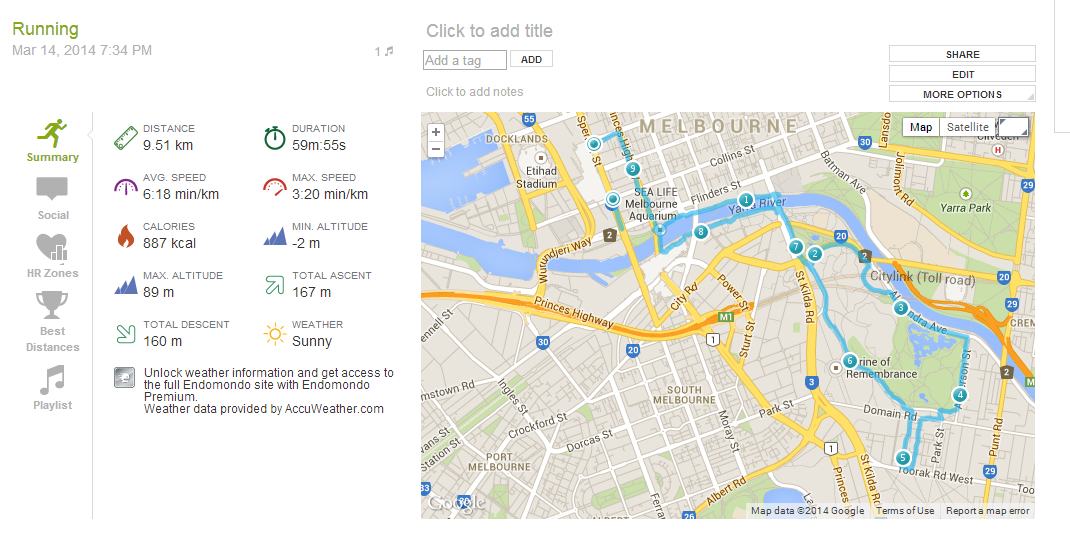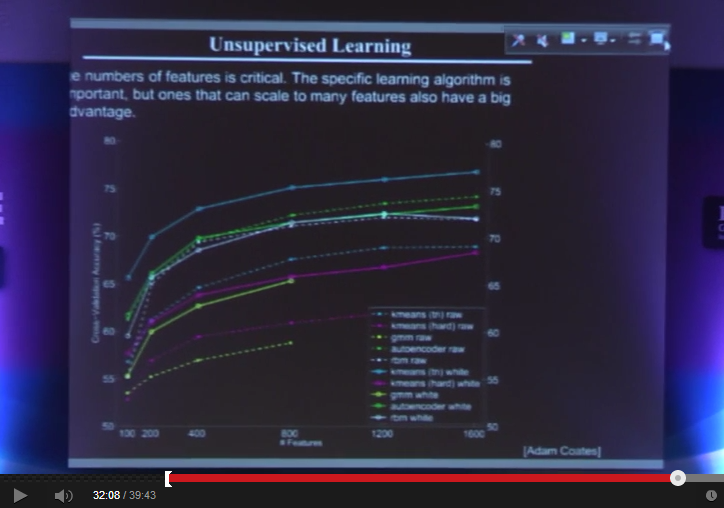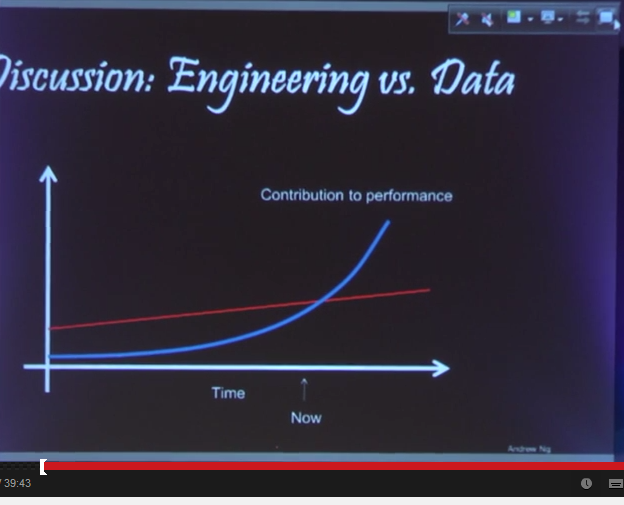The quoted estimate seems a bit under…
http://www.abc.net.au/news/2014-03-06/australians-defrauding-medicare-hundreds-of-thousands-of-dollars/5302584
Video:
Australian Medicare fraud revealed in new figures, 1,116 tip-offs so far this financial year
Updated Fri 7 Mar 2014, 1:23am AEDT
New figures show Medicare is being defrauded of hundreds of thousands of dollars each year.
Figures released to the ABC show the Federal Government has received more than 1,000 tip-offs of potential Medicare frauds to date this financial year.
It comes as debate continues over a proposal put to the Commission of Audit to charge a $6 co-payment for visits to the doctor, which would reduce costs to the health system.
The Department of Human Services says its hotline has received 1,116 Medicare-related tip-offs since July 1, 2013.
Officers have investigated 275 cases, which has translated into 34 cases submitted to the Commonwealth Department of Public Prosecutions and 12 convictions.
The value of those 12 cases adds up to an estimated $474,000, with fraudsters ripping off an average of almost $40,000 each.
Department figures suggest most of the frauds come from outside the doctor’s office.
Ten of the 12 prosecutions this year were members of the public. One involved a medical practice staff member and one a practice owner.
“The Department of Human Services takes all allegations of fraud seriously and seeks to investigate where sufficient information is provided to do so,” a spokeswoman said.
The annual review of doctors’ use of Medicare, the Professional Services Review, showed at least 19 doctors were required to repay more than $1 million between them in 2012-13.
One doctor billed Medicare for seeing more than 500 patients in a day, and more than 200 patients on several other days.
Other cases uncovered by the ABC include:
- Former police officer Matthew James Bunning has been charged with 146 Medicare frauds between 2011 and 2013. Investigators allege the 46-year-old removed Medicare slips from rubbish bins behind Medicare offices around Melbourne to produce forged receipts and illegally claimed more than $98,000 from the Government.
- In January last year Korean student Myung Ho Choi was sentenced in a NSW district court to five years in prison for a series of fraud and identity theft charges that included receiving at least five paper boxes filled with blank Medicare cards intended for use in identity fraud.
- In August last year NSW man Bin Li was sentenced in district court to seven years in prison for charges that included possessing almost 400 blank cards, including high quality Medicare cards, and machines for embossing cards.
Nilay Patel, a former US-based certified specialist in healthcare compliance and law tutor at Swinburne University of Technology, says the fraud figures are the “tip of the iceberg”.
“There is a lot more that we do not know and that really comes from both camps from the patients and the medical service providers,” he said.
He says Australia is falling behind the United States at preventing, detecting and prosecuting healthcare frauds.
“The safeguards [in Australia] are quite inadequate, the detection is more reactive that proactive and whatever proactive mechanisms that are there I think they are woefully underdeveloped,” he said.
Relatively ‘smallish’ but unacceptable problem: Minister
Federal Government authorities say they do not think Medicare fraud is widespread.
Minister for Human Services Marise Payne says the number of Medicare frauds are low compared to the number of transactions.
“I think when you consider that we have 344 million Medicare transactions a year it is a relatively smallish [problem] but that doesn’t mean it’s acceptable,” she said.
“One person committing a fraud effectively against the Australian taxpayer is one person too many.”
Ms Payne says the department uses sophisticated data matching and analytics to pick up potential frauds as well as its tip-off hotline.
The merger of Medicare with Centrelink also allows the bureaucracies to better share information and leads.
“The work we have done in that area is paying dividends,” Ms Payne said.
“There is more to do. The use of analytical data and risk profiling is highly sophisticated in the Centrelink space and we want to make sure we achieve the same levels in the Medicare space.”
The Australian Federal Police says it does not routinely gather statistics on the number of fake or counterfeit Medicare cards.
However, a spokesman says detections of counterfeit Medicare cards are rare.
“Intelligence to date indicates that the majority of Medicare cards seized that are of sufficient quality, are used as a form of identity, not intentionally to defraud Medicare,” a spokesman said.
A Customs and Border Protection spokeswoman says blank or fraudulent Medicare cards are not controlled under the Customs regulations and it is unable to provide seizure statistics.
The federal Ombudsman says he has not conducted any review or investigations into Medicare but did contribute to a 2009 inquiry into compliance audits on benefits.
The Medicare complaints detailed in the Ombudsman’s annual report relate to customers disputing Medicare refunds, not frauds.
‘People are just looting the money’
Sydney man Tahir Abbas is sceptical about the Government’s claims that Medicare fraud is not widespread.
Mr Abbas detected at least 10 false bulk billing charges on his Medicare statement between November and January valued at almost $750.
He was not in the country when many of the charges were incurred.
The charges were from a western Sydney optometrist who told the ABC they were unable to explain the discrepancies.
They said while Mr Abbas was billed, they never received payment.
How many times do we go and check our statements for Medicare particularly. Maybe with credit cards, bank details but not with Medicare. These people are just looting the money.
Victim of Medicare fraud Tahir Abbas
The owner told the ABC the system would not allow them to receive bulk billing payments for more than one check-up in a two-year period.
Mr Abbas said he believed his card had been misused by others for their own benefit.
“I was very disgusted to be honest,” he said.
“It’s all bulk-billed and they are charging the Government. But in a way the Government is charging us so we are paying from our pocket – it’s all taxpayers’ money.”
He has urged people to check their Medicare statements.
“How many times do we go and check our statements for Medicare particularly. Maybe with credit cards, bank details but not with Medicare.
“These people are just looting the money.”
Medicare has told Mr Abbas they are investigating.
High-tech Medicare cards needed?
Technology and crime analyst Nigel Phair from the University of Canberra says the Medicare card is an easy to clone, low-tech card that has been around for three decades.
While it is low in value for identity check points, it is a well-respected document.
“The Medicare card carries no technology which gives it additional factors for verification or identification of users,” he said.
“It’s just a mag stripe on the back, very similar to a credit card from the 1990s without any chip or pin technologies, which are well known to be the way of the future.”
He says Medicare is vulnerable to abuse because people’s data is stored in many places such as doctors’ surgeries and pharmacies.
“It’s very easy to sail under the radar if you’re a fraudulent user. And like all good frauds you keep the value of the transactions low but your volume high,” he said.
“Because all we do have is anecdotal evidence and no hard statistics, we really don’t know how bad this issue is.”
Ms Payne does not support upgrading the quality of Medicare cards.
“The advice I have is that that is not really a large source of fraud and inappropriate practices,” she said.
Do you know more? Email investigations@abc.net.au
Topics: fraud-and-corporate-crime, health, health-administration, health-policy, government-and-politics, federal-government,law-crime-and-justice, australia
First posted Thu 6 Mar 2014, 12:00pm AEDT







 DonorsChoose.org is an online charity that makes it easy for anyone to help students in need. Public school teachers from every corner of America post classroom project requests on the DonorsChoose site, and visitors can give any amount to the project that is most inspiring.
DonorsChoose.org is an online charity that makes it easy for anyone to help students in need. Public school teachers from every corner of America post classroom project requests on the DonorsChoose site, and visitors can give any amount to the project that is most inspiring. Heifer International empowers families to turn hunger and poverty into hope and prosperity by helping bring sustainable agriculture and commerce to areas that need it most. The animals provide partners with both food and reliable income, as agricultural products such as milk, eggs, and honey can be traded or sold at market.
Heifer International empowers families to turn hunger and poverty into hope and prosperity by helping bring sustainable agriculture and commerce to areas that need it most. The animals provide partners with both food and reliable income, as agricultural products such as milk, eggs, and honey can be traded or sold at market. Save the Children gives kids in the United States and around the world what every child deserves—a healthy start, the opportunity to learn and protection from harm, especially when disaster strikes. When disaster strikes, Save the Children advocates and achieves lasting change for millions of children. They save children’s lives.
Save the Children gives kids in the United States and around the world what every child deserves—a healthy start, the opportunity to learn and protection from harm, especially when disaster strikes. When disaster strikes, Save the Children advocates and achieves lasting change for millions of children. They save children’s lives. World Vision is dedicated to working with children, families, and their communities worldwide to reach their full potential by tackling the causes of poverty and injustice. World Vision works on every level to achieve the goal of child well-being—from international activism to checking in on children face-to-face.
World Vision is dedicated to working with children, families, and their communities worldwide to reach their full potential by tackling the causes of poverty and injustice. World Vision works on every level to achieve the goal of child well-being—from international activism to checking in on children face-to-face.